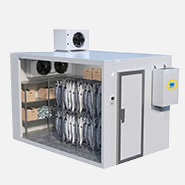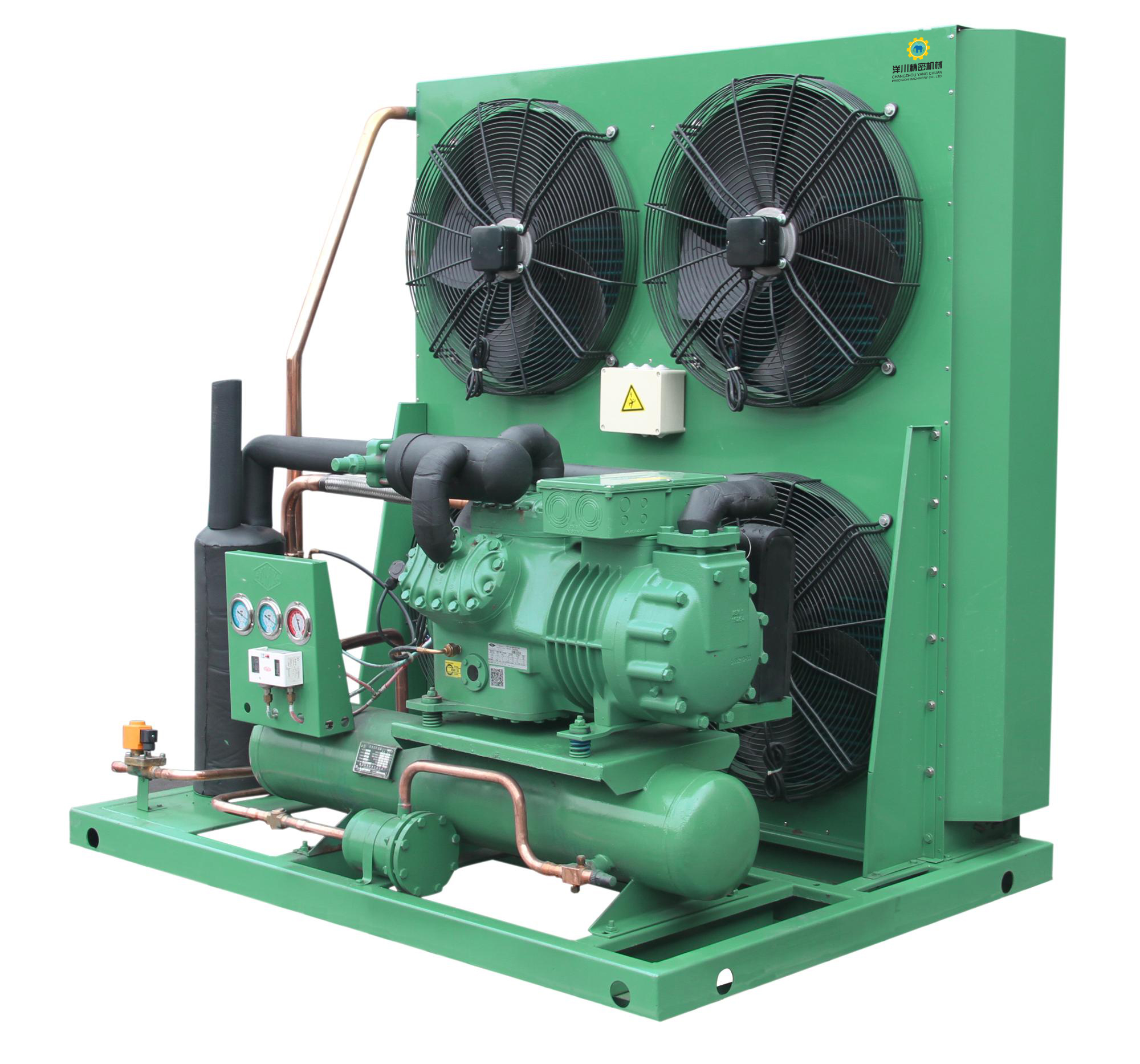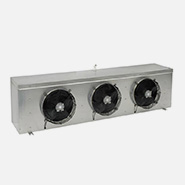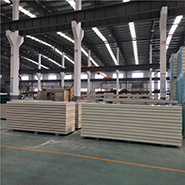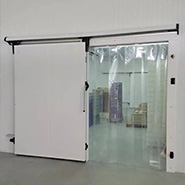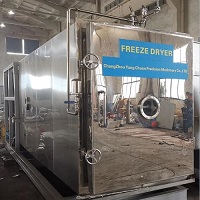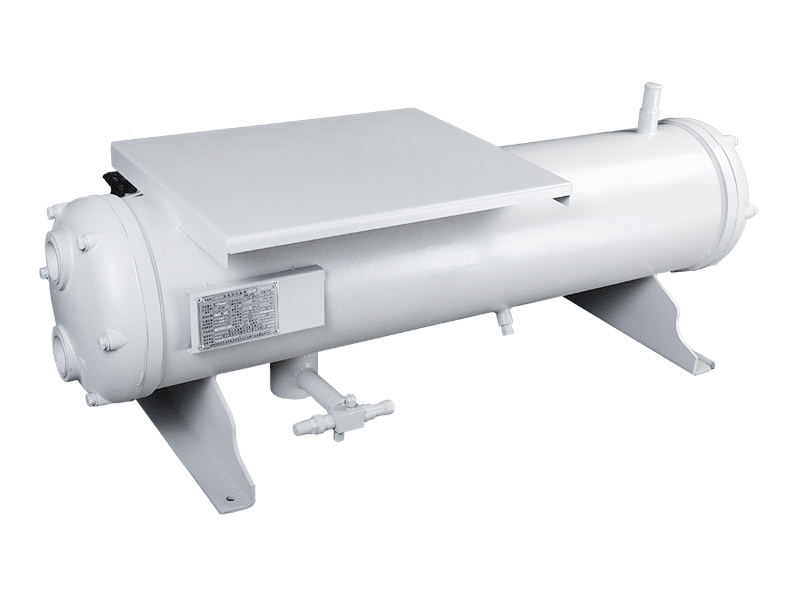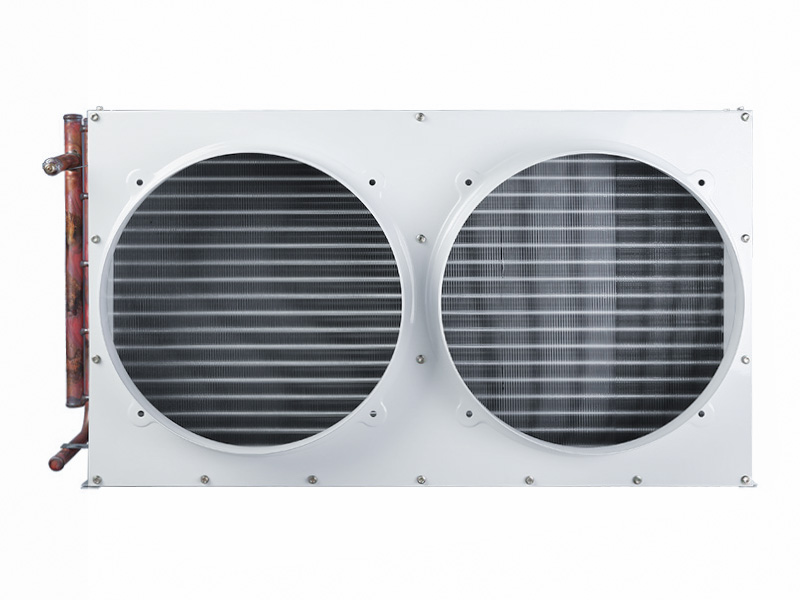Introduction of advanced and practical technology in the construction of Deep Freezer Cold Room (technology sharing)
 Jan 20, 2020|
Jan 20, 2020| View:212
View:212Introduction of advanced and practical technology in the construction of Deep Freezer Cold Room (technology sharing)
The purpose of Deep Freezer Cold Room
The Deep Freezer Cold Room is a space for storing food to prevent perishable food from deteriorating. The main purpose of a Deep Freezer Cold Room is to freeze and store fresh, pre-cooked or frozen food. The food stored in the Deep Freezer Cold Room usually includes meat, eggs, dairy products, frozen food, fish, vegetables, fruits, and drinks. There are many factors to consider when freezing these products. For example, meat food, which is "dead", begins to deteriorate when animals are slaughtered. And some foods, such as vegetables and fruits, are "live". When they are picked, their metabolism will not stop immediately. Therefore, proper temperature and humidity should be ensured to prevent them from deteriorating. Humidity is also very important for meat, although the loss of water in the appearance can not be seen in many cases, only by weight sales can see a small change. For many dairy products and drinks, they must be kept at a certain temperature, so as to prevent some chemical reactions and microbial activities.
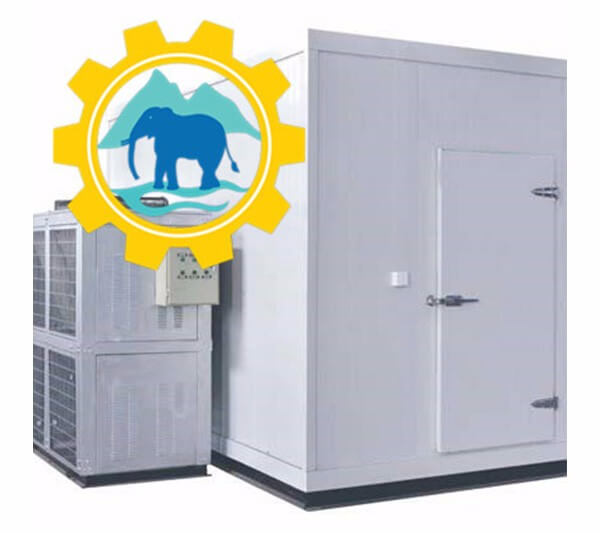
Food quality
What is "food quality". Physical properties include the degree and type of bacterial contamination, the type of chemical process and the number of preservatives added; personal senses include taste, color, smell and consistency, etc. There are many different ways to keep food quality, such as freezing, drying, curing, preserving sugar, smoking, canning and avoiding light. This paper only deals with how to use the freezing method to ensure the quality of food. Careful observation will find that there are many factors affecting food quality: such as the microbial activities of food storage, including the proliferation of microorganisms and the growth of bacteria on the product surface; chemical processes such as oxidation or hydrolysis. Many of the above processes involve catalase, which accelerates the reaction process. The degradation of connective tissue in beef is a typical example of chemical activities, and the mechanical processing process also has an impact on the quality of food. Transportation and packaging are typical mechanical processes that have an impact on the quality of food, and the humidity in the deep freezer cold room has the same impact on the quality of food, so the deep cold storage is usually kept at a high humidity level to prevent the frozen food from drying. Airflow is another decisive factor, so it is necessary to find an appropriate average value of airflow. Too fast will increase dehydration, too slow will affect indoor air distribution and cooling process. In the storage of apples and pears, the air components in the deep freezer cold room need to be adjusted properly to ensure the food quality. The general practice is to increase the proportion of carbon dioxide in the air, slow down the process of respiration and attenuation, and extend the storage life. For fruit growers, every extra day of storage is a benefit. For professionals engaged in the refrigeration industry, the cooling process is the key factor of the deep freezer cold room. The refrigeration equipment must ensure that the temperature of the deep freezer cold room reaches the required level. In general, storage life can be extended by changing the temperature.
Effect of temperature
The temperature has a considerable impact on microbial activities and chemical changes in food. Low temperatures can slow down the growth of microorganisms. In general, the growth rate of microorganisms changes exponentially with temperature, which means that the change of temperature has a great influence on the growth rate. The optimal growth temperature of many microorganisms is above 0 ° C, and some microorganisms can reproduce at a lower temperature (– 12 ° C). Deep freezing of food generally kills 10% to 90% of microorganisms. In other words, freezing does not kill bacteria, but sometimes parasites can be killed by deep freezing. So sometimes, the sterilization can be achieved by storing it at - 20 ° C for a period of time (such as a week). Temperature also affects the chemical reaction. The lower the temperature, the slower the reaction. However, most chemical reactions cannot be stopped completely by lowering the temperature. This process continues until the temperature reaches absolute zero (– 272.15 ° C). In some cases (e.g. beef storage) some tissue degradation is actually required. When cooling fresh food, such as meat, it is important not to let the temperature drop too fast, because it may damage the food. When fruits and vegetables are stored, temperature affects the metabolism process and thus the heat generated during respiration.
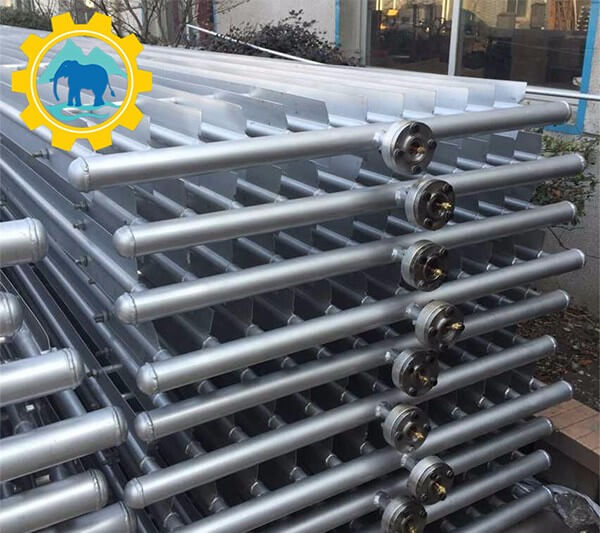
Humidity and airflow rate
Humidity also affects food quality. The growth of microorganisms is also affected by the water content in the surrounding air, and the water contained in the food itself will also promote the growth of microorganisms. In the low humidity environment, the loss of water will lead to the loss of weight and quality of food, so we need to maintain the air humidity to keep food fresh and extend its life. In order to continue to provide the appropriate moisture content, we need to maintain a constant temperature. In addition, the airflow rate also affects the quality of food. Generally, the air exchange rate (the ratio of fresh air quantity to repeated circulation air quantity) is used to measure the air quality of the cold storage, but the airflow rate also affects the cooling process and dehydration of food: the faster the cooling rate is, the faster the dehydration rate is. The increase of dehydration rate means that more water is removed and the water content is reduced. Therefore, we need to ensure the proper airflow rate in the deep freezer cold room. Product factor (PF) depends on airflow rate and type of food. In general, higher airflow rate will increase the product factor, but also increase the dehydration rate. The surface of some products is easy to dehydrate (such as lettuce, mushrooms), while some products are not easy to dehydrate, such as apples.
Design
At the beginning of the design of the deep freezer cold room, all factors should be considered. For example, the following points will be mentioned. The thickness of the insulation on the wall of the deep freezer cold room. If it's in the cold room of the deep cold storage, the insulation on the wall is usually thicker. The insulation value of the insulation wall is an important aspect. When the temperature of the cold storage is lower than 0 ° C, especially in the deep freezer cold room, the door frame heater must be installed to prevent the door from being frozen and unable to open. In addition, the floor heating device must be used in the refrigerated room of the deep freezer cold room or in the application where the temperature of the storage is lower than 0 ° C to prevent ice under the floor. There must be a certain amount of fresh air in the cold room of the deep cold storage, but the fresh air is enough, so as to prevent additional cooling of excessive fresh air and avoid unnecessary energy consumption.
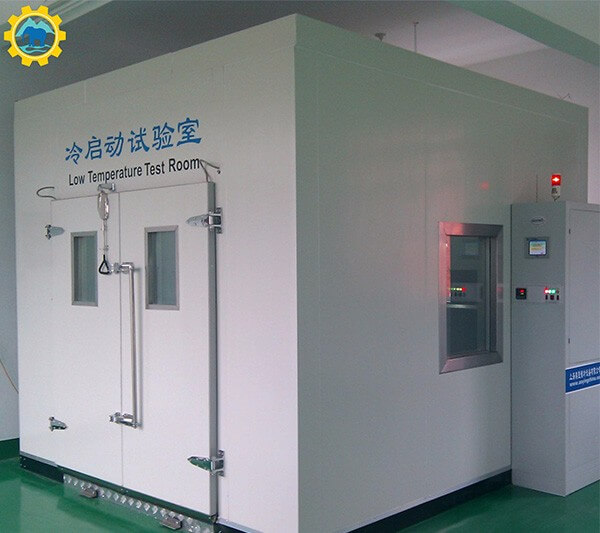
Usually, a ventilation pressure safety valve or an overflow valve used to balance the pressure of the refrigerator and the surrounding air pressure (two-way pressure balance) should also be considered in the design of the cold storage. If the pressure of the cold storage chamber is not balanced, the internal air will contract when it is cold, thus forming a low-pressure vacuum. As a result, the walls and ceiling of the deep freezer cold room were broken. When entering or leaving a deep freezer cold room, a large amount of air exchange is often inadvertently generated. In serious cases, a large number of air exchanges make the temperature of the refrigeration room of the deep freezer cold room unable to maintain the temperature that the refrigeration equipment can reach, let alone the additional energy consumption. If it is inevitable to open the refrigerator door frequently, a vertical curtain or airlock device must be used to minimize air exchange.
According to ISO27000, it is required by law to install an alarm device in the refrigerated room of a deep refrigerator with a capacity of more than 10 cubic meters (a space that people can walk around). The installation position of the alarm device must be eye-catching and easy to hear. It is also important to ensure that people can leave the deep freezer at any time when designing the deep freezer, which is also important for the small deep freezer. That is to say, even if the door of the deep freezer is closed from the outside, there should be a way to open it from the inside.
There are several types of refrigeration systems used in the deep freezer cold room. One is a clamp-type device. In such a device, the compressor, evaporator, and condenser are in one shell, and the structure is very compact. This is mainly used for the deep freezer with a volume of less than 30 cubic meters and only one temperature zone. This kind of clamp compact refrigeration unit can be installed in or close to the deep freezer cold room.
The other is the remote condensing unit. The condensing unit is connected with the evaporator through a pipeline. The evaporator is usually installed on the ceiling of the cold storage room, and one or more fans are installed to circulate the air in the cold storage room. This kind of deep freezer cold room is suitable for building and outdoor. Danfoss optima PlusTM condensing unit is suitable for this type of deep freezer cold room.
Those users, such as supermarkets or centralized warehouses, usually use centralized refrigeration systems with multiple compressors. These devices can be installed independently of the deep freezer cold room and can be connected to a single deep freezer cold room through pipelines. Refrigeration regulation can be controlled by the solenoid valve, so as to regulate each evaporator independently. This kind of compressor parallel device includes several compressors, a condenser, different deep freezer cold room, and usually several refrigerators or display cabinets.
Temperature regulation function
The temperature regulation is usually carried out by the refrigeration controller in the deep freezer cold room. The refrigeration regulator requires at least one temperature sensor. This sensor is used to measure the temperature in the deep freezer cold room. Therefore, the sensor is usually installed to measure the return air temperature to the evaporator. This temperature value is displayed and processed by the refrigeration regulator. This measured temperature value is often used to compare with the set value of the refrigeration regulator. The set value can be set at will. In addition to the setpoint, a backlash (hysteresis) should be set. The sum of the setpoint and return difference is the high point of the switch. Meanwhile, the setpoint itself represents the low on-off point of the temperature switch. When the high switch point is reached, the refrigeration (compressor or solenoid valve) process is opened, and when the setpoint temperature is reached, the switch is closed. This ensures that the room temperature is always in the same range. Temperature control is the most important basic function of the refrigeration controller.
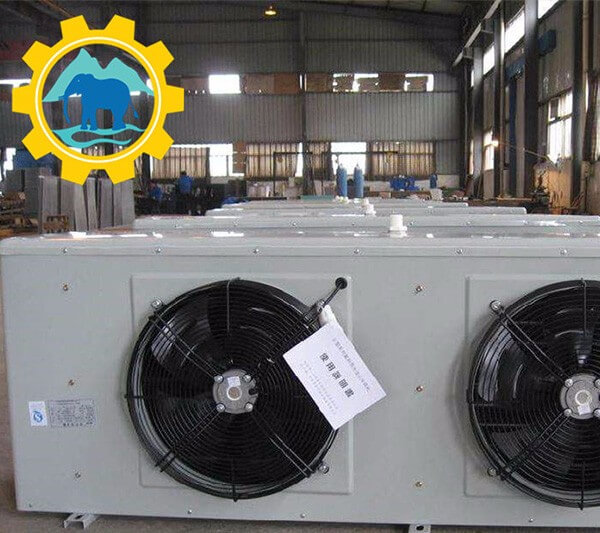
Deep Freezer Cold Room temperature zone
What kind of environment deep freezer cold room needs to ensure is related to the type of items it stores. The corresponding temperature required for the deep freezer cold room is related to the expected storage time, and it also depends on whether the fresh articles are to be frozen after being stored inside. The most common deep freezer cold room. The evaporation temperature range of these refrigerators is 10 ° C to 0 ° C. The type of adjustment depends on the type of product stored and the quality to be guaranteed. The general method is usually used to calculate the heat through the wall and the required cooling capacity. This algorithm is widely used. Heat load is related to room temperature, wall surface, and air exchange rate. A more accurate calculation is to take into account the properties of the food and calculate the total heat load. All these factors should be included in the calculation of the load of the refrigerated room of the deep refrigerator independently.
The thermal or electronic expansion valve
A simple refrigeration cycle can be used in the refrigeration room of a deep freezer cold room. The simple refrigeration cycle is low cost and not complex, but it also has some shortcomings. For example, if stored items are not wrapped or covered, they may dry out. Thermal expansion valves are used in most refrigerators or deep freezer cold room. If you want to find a better way, the electronic superheat controller is a good choice. The evaporator is always filled with the most appropriate amount of refrigerant. Even in the case of strong load fluctuation (partial load), the amount of refrigerant entering the evaporator after throttling can be precisely controlled. This is achieved by a pressure sensor and a very high sensitivity temperature sensor to quickly transfer the superheat of the current evaporator to the electronic controller.
The regulator can take measures to reach the ideal minimum superheat. This refrigerant charge regulation can optimize the use of the evaporator, so as to achieve the highest possible evaporation pressure in the system. What this brings to users is not just saving electricity. Because the temperature difference between the evaporation process and room temperature is very small, the dehumidification of indoor air is reduced, so the drying of some stored goods can be reduced. Compared with the use of a thermal expansion valve, if the vegetables are stored in a storage room with an electronic expansion valve in the evaporator, its appearance can be more beautiful, and it can be kept longer, and the drying situation is less. If the evaporator is designed too small, replacing a larger evaporator can improve the storage environment by "high evaporation temperature" and "low dehumidification".
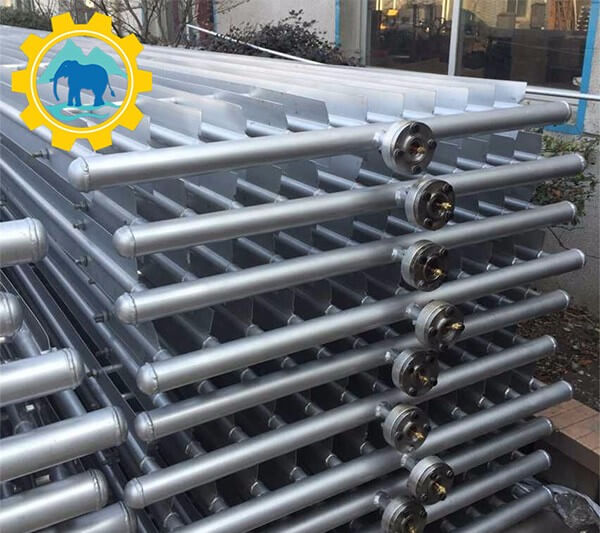
Defrost
When the surface temperature of the air disk is below 0 ° C or 0 ° C, frost will form. There are different forms of frost that gather on the evaporator, such as snow frost (powdery snow or snowflake), solid ice or other transitional forms.
Frost is formed by the condensation of the moisture emitted by food and the moisture in the air (the moisture flowing through the coil). Generally, defrosting refers to the removal of frost on the surface of the evaporator, which can be achieved by electric heating, high-pressure side refrigerant, heating flow or warm water outside the warehouse supplemented by heating devices.
Defrosting can prevent excessive frosting on the surface of refrigeration equipment, enhance heat exchange, optimize the operational performance of the unit, and regular defrosting can ensure smooth airflow and improve the performance of the air-cooled coil.
The frequency of defrosting and the time of one defrosting depend on the type, moisture content, air humidity and circulation of the refrigerated food, and the frequency of opening the door and entering and leaving the personnel in the deep freezer cold room are also important determinants. The refrigerator needs to defrost in time. If the defrosting time is too short or the defrosting is not complete, more ice will form after a long time.
The defrosting method is also important. Generally, there are three ways to defrost in the refrigeration room: air circulation (defrosting in the refrigeration room), electric heating defrosting and hot air defrosting. The natural defrosting mode relying on air circulation is generally feasible when the temperature of the deep freezer cold room is higher than + 4 ° C. at this time, it is only necessary to stop the refrigeration of the cold storage room and keep the fan running. There is no extra heat generated in the defrosting process. However, compared with other defrosting methods, this defrosting method takes a long time and can accelerate defrosting by increasing air temperature.
Defrosting by electric heating is the most common defrosting method, and it is also a relatively simple way for the deep freezer cold room. Electric defrosting is to install an electric heater in the evaporator and defrost with electric heat. This method is easy to control. The heater can be started manually or automatically by the real-time clock and set time interval to reach the set temperature or stop defrosting automatically after the set defrosting time. But the disadvantages are high energy consumption and high operation cost.
The third way is hot gas defrosting, which uses the gas at the high-pressure side of the refrigeration system to release heat in the evaporator to achieve the purpose of defrosting. In principle, this method saves energy, but the hot gas defrosting system is relatively complex, mainly used for large units with multiple evaporators. When the coil defrosts, the evaporator can operate at the same time and defrost alternately. Compared with the other two defrosting methods, there are much hot gas defrosting valves and the control system is relatively complex. It is better to install a gas-liquid separator when the hot gas is defrosting to protect the compressor or install a pressure regulator to prevent the suction pressure of the compressor from being too high. Now there is another way to replace the traditional use of compressor exhaust for hot gas defrosting. By contrast, it can be called "cold air defrosting", which is actually defrosting of the high-pressure reservoir, that is to say, the defrosting gas comes from a high-pressure reservoir rather than hot gas pipe. The importance of defrosting is self-evident, but reducing defrosting links, especially unnecessary links, can also save energy consumption. If the defrosting process can be compressed by one fifth, it is a great advantage. The unit shall defrost according to the set time rule, otherwise, the start of defrosting at an inappropriate time (such as when delivery is required) will have adverse effects. Equipped with an electronic controller, defrosting based on-demand control can reflect the energy-saving effect after defrosting from the user's electricity bill.
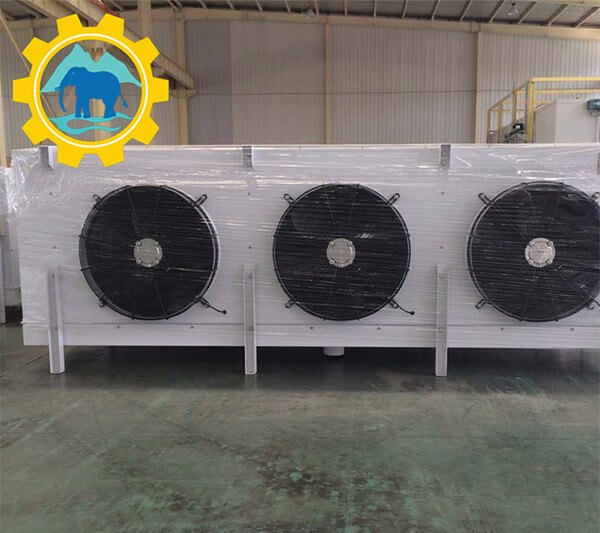
epilogue
Many details need to be considered carefully in the design, installation, and use of the deep freezer cold room. Careful debugging and regular maintenance to ensure the safe and trouble-free operation of the unit, and avoid unnecessary energy consumption. Installing an electronic expansion valve and defrost regulator on the existing unit can also greatly improve energy efficiency.
